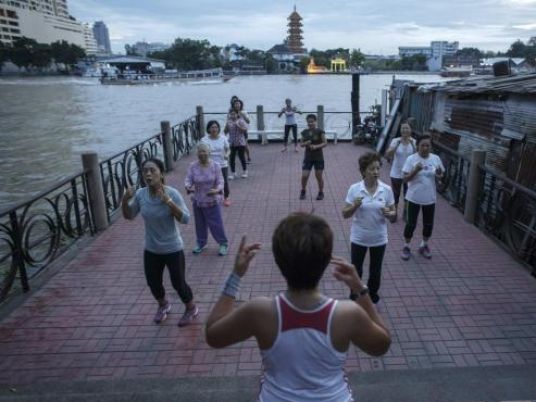
Groin injuries are common in sports requiring quick direction changes, acceleration and deceleration – and they’re even more common when athletes have less sport-specific training or weaker inner thigh muscles, researchers say.
Groin injuries are common in soccer, ice hockey, rugby, Australian rules football, Gaelic football and cricket, lead author Dr. Jackie L. Whittaker of the Sport Injury Prevention Research Center at the University of Calgary in Canada told Reuters Health by email.
Whittaker would advise athletes to “strengthen their hip adductor muscles and ease into their sport specific training in the off season so that they are ready to go once the actual training season begins,” she said.
Adductors are the inner thigh muscles.
Coaches and trainers can also add an injury prevention neuromuscular warm-up program before practices and games, such as the FIFA11+ (http://bit.ly/1nyDyqA). These can reduce lower extremity injury risk and improve aspects of performance, including balance, she said.
“The other issue to consider is load management, meaning properly balanced training and recovery schedule,” Whittaker said.
She and her coauthors reviewed 29 studies of the association between any potential groin injury risk factor or prevention strategy and injury rates among athletes. They included the hip flexors, adductors and bone-tendon junctions under the umbrella of “groin.”
They had completed a similar review seven years ago and included more recent studies in this update.
As reported in the British Journal of Sports Medicine, the studies included a total of more than 12,000 athletes ages 12 to 41.
Previous groin injury, higher level of play in their sport, reduced hip adductor strength, and lower levels of sport-specific training all increased the risk of groin injury.
There is also evidence that heavier weight, taller height and hip range of motion are not associated with groin injury, although a small number of studies have found a connection.
“The process and exercises that one uses to increase the strength of their hip adductor muscles needs to be guided by a physical therapist or a strength and conditioning coach,” Whittaker said.
Not all groin pain is the same nor should be treated the same, she said.
The exercises and stages of the strength training process will vary based on your type of pain, your ability and strength, the specific sport you play, and your injury history, she said.
Athletes with a previous groin injury are at more than twice as likely to have a re-injury compared to those without a past groin injury, Whittaker said.
Another review of groin injury studies specifically among adult soccer players, published in the same issue of BJSM, found that groin issues may constitute up to 13 percent of all injuries, and they are twice as common among male soccer players than females.
“Hip/groin injury thereby qualifies among the ‘big four’ together with thigh, knee and ankle injuries,” said Dr. Markus Walden of Linkoping University in Sweden, the lead author of the second review.
“Professionals are probably more susceptible than amateurs owing to higher load,” he told Reuters Health by email. “Hip joint pathology might lead to future arthritis, but muscle-tendon injuries rarely cause long term problems in spite of having a recurrent tendency during the playing career.”



